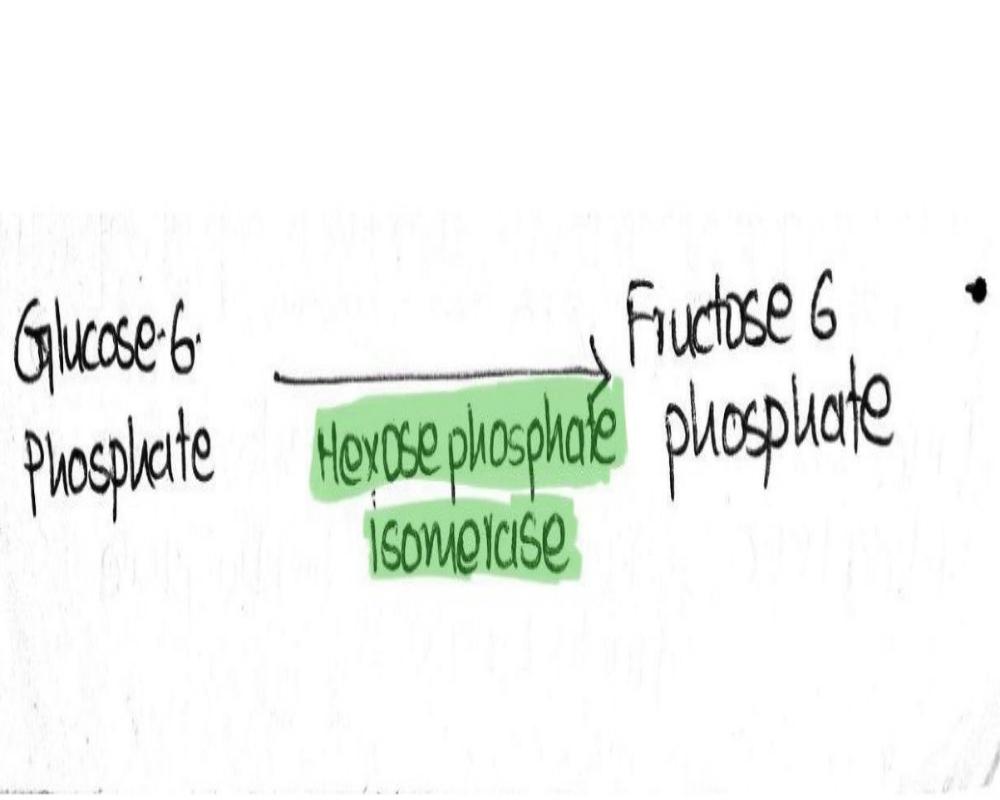Second Step - Isomerization Of Glucose-6-phosphate (G-6-P)
Once glucose is converted into glucose 6-phosphate, it is then isomerized into fructose 6-phosphate. The basic reason behind this conversion is that the addition of one more phosphate into glucose is not possible, due to its cyclic structure. Where only one carbon atom is present outside of the ring unlike fructose where two carbon atoms are present on the outside of the ring. And hence, two phosphates can attach to a fructose ring.
Therefore, glucose-6-phosphate is first isomerized to fructose-6-phosphate for further phosphorylation under the category of hexose-phosphate isomerase.
9
59 reads
CURATED FROM
IDEAS CURATED BY
Important for studies.
“
Similar ideas to Second Step - Isomerization Of Glucose-6-phosphate (G-6-P)
First Step - Glucose Phosphorylation
The first step as soon as the glucose enters the cell is that it undergoes immediate phosphorylation. So that it cannot diffuse out of the cell. This is because, on phosphorylation, the glucose becomes polar and hence cannot flow across the plasma membrane passively.
This step functions at ...
Third Step- Phosphorylation Of Fructose 6 Phosphate
Fructose 6-phosphate on reaction with another ATP results in the formation of fructose 1,6-bisphosphate.
This reaction is under the control of phosphofructokinase, which is also the pacemaker of this reaction.
At a time, this reaction proceeds in any one direction on...
Fourth Step- Breaking of Fructose-1, 6-bisphosphate.
Fructose 1,6-bisphosphate, being highly active, breaks down into two three-carbon compounds, namely dihydroxyacetone phosphate (DHAP) and phosphoglyceraldehyde (G3P) under the activity of enzym...
Read & Learn
20x Faster
without
deepstash
with
deepstash
with
deepstash
Personalized microlearning
—
100+ Learning Journeys
—
Access to 200,000+ ideas
—
Access to the mobile app
—
Unlimited idea saving
—
—
Unlimited history
—
—
Unlimited listening to ideas
—
—
Downloading & offline access
—
—
Supercharge your mind with one idea per day
Enter your email and spend 1 minute every day to learn something new.
I agree to receive email updates



